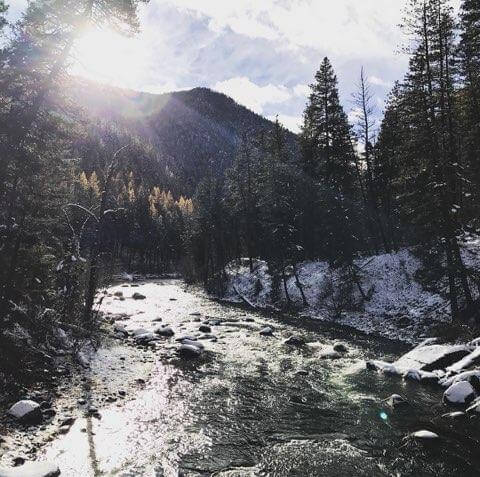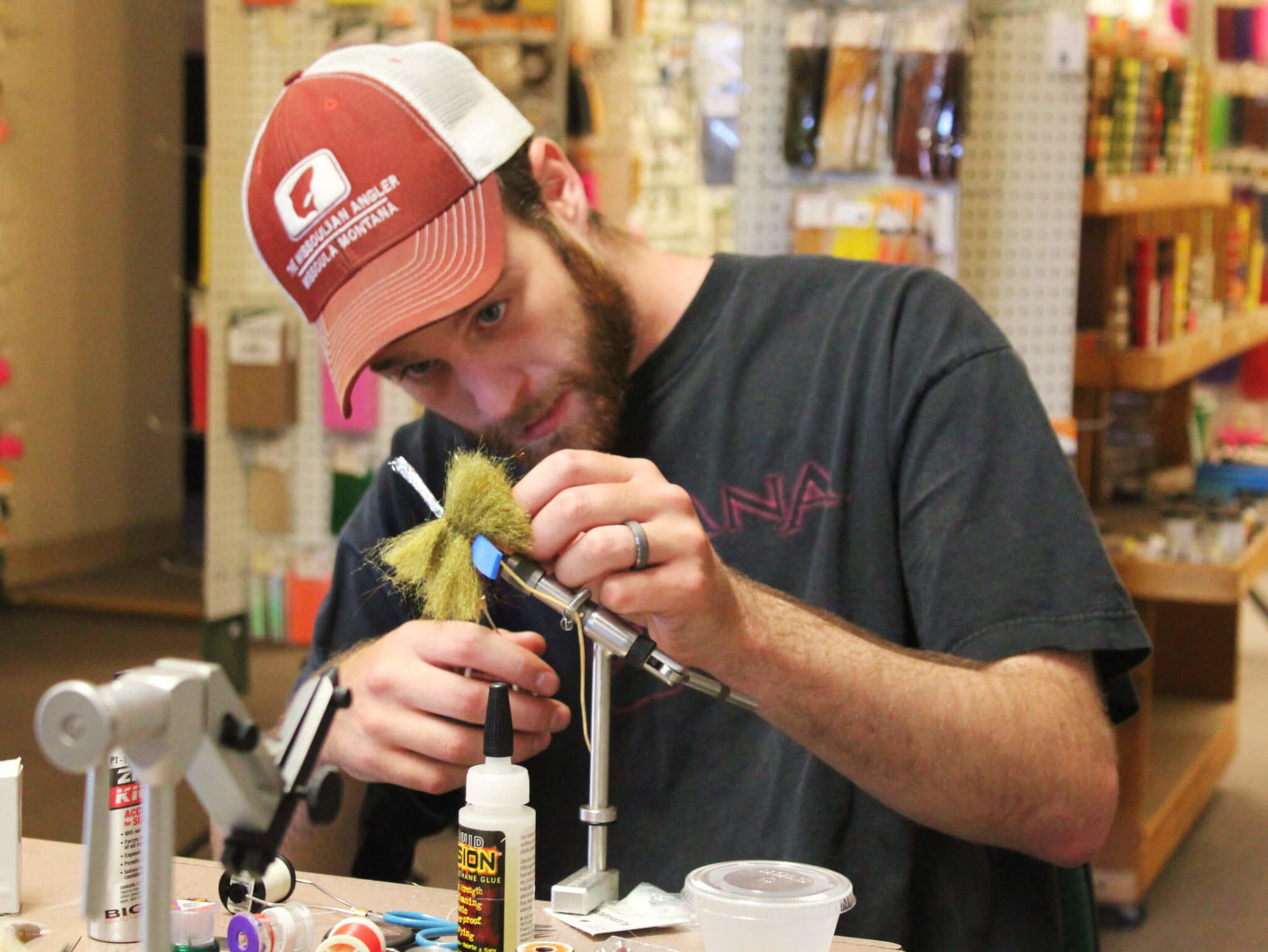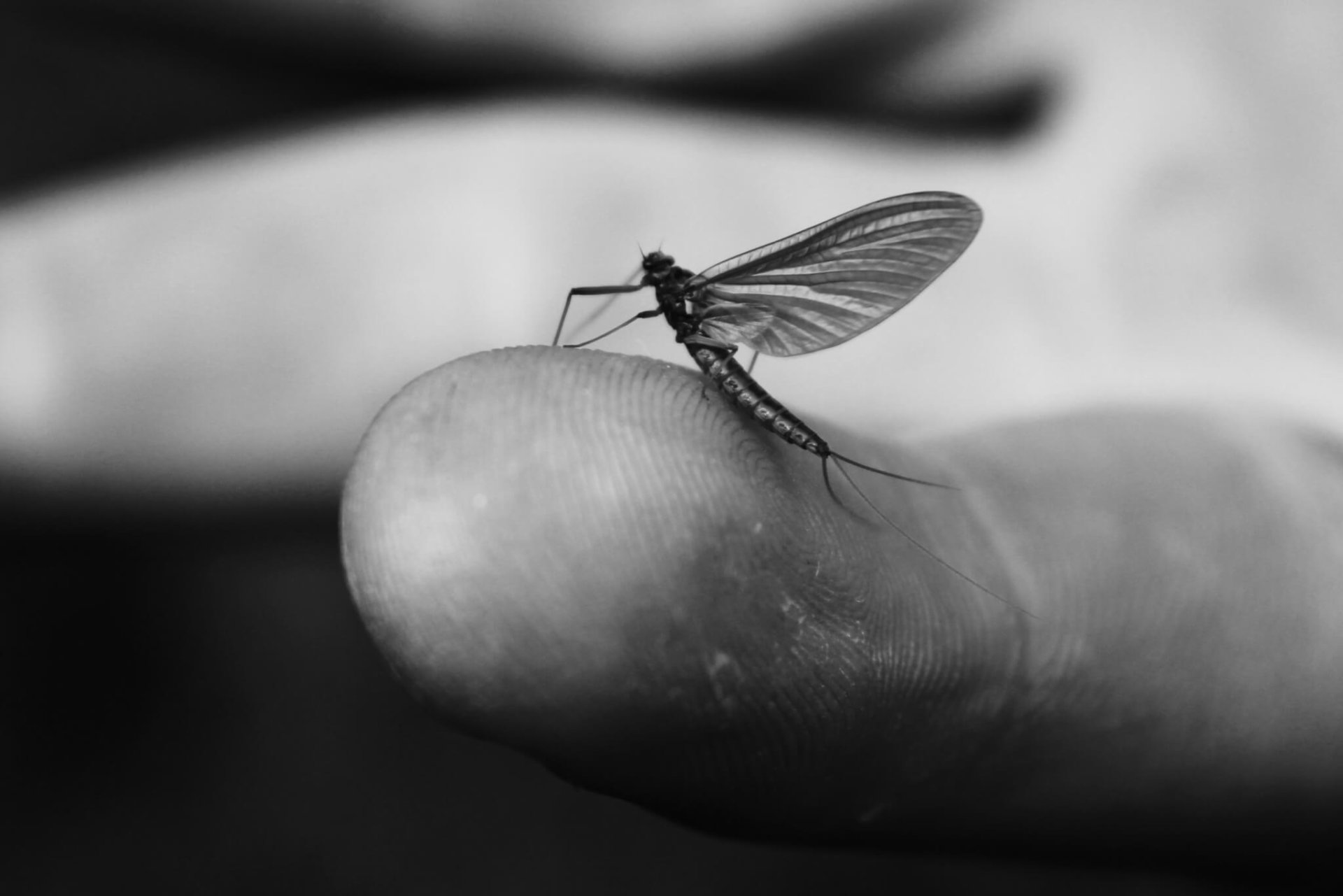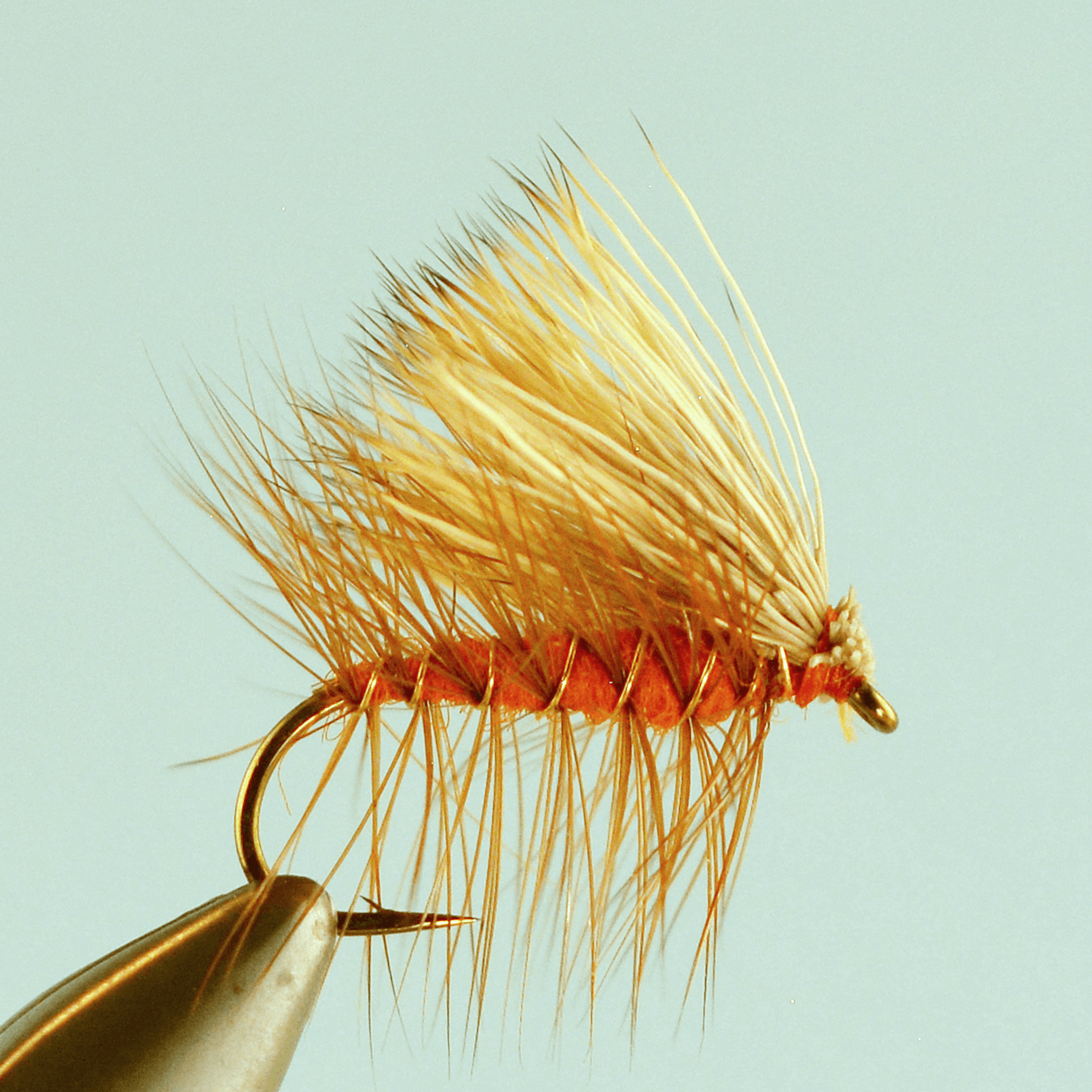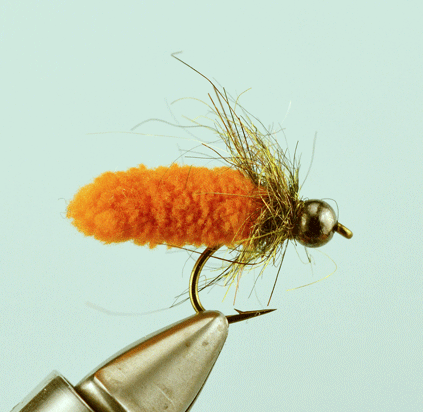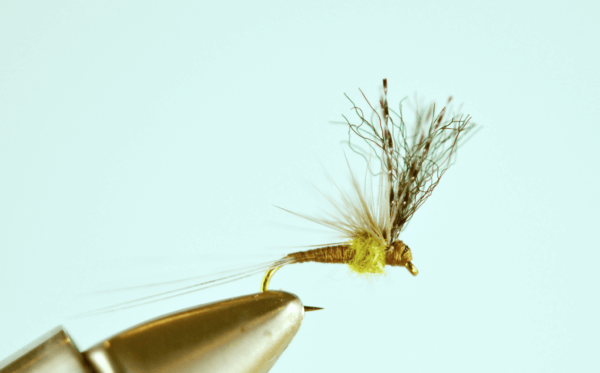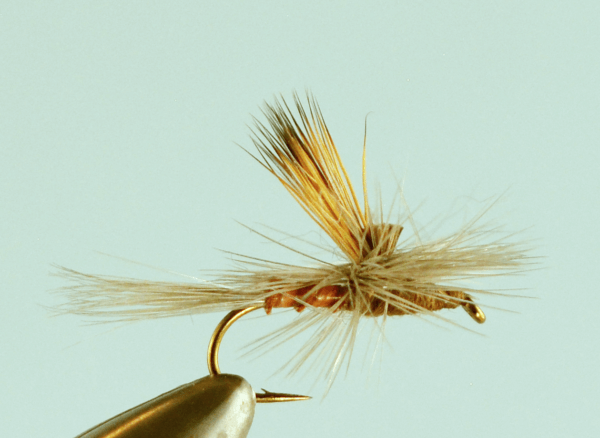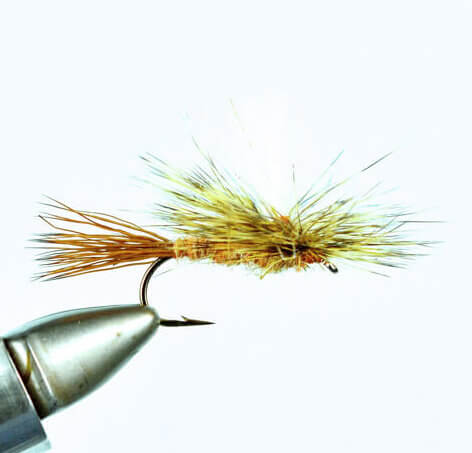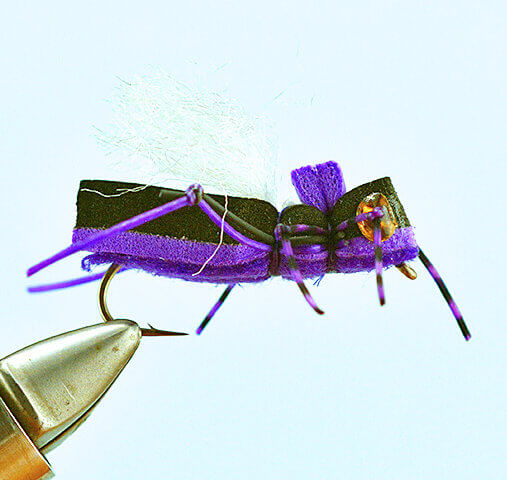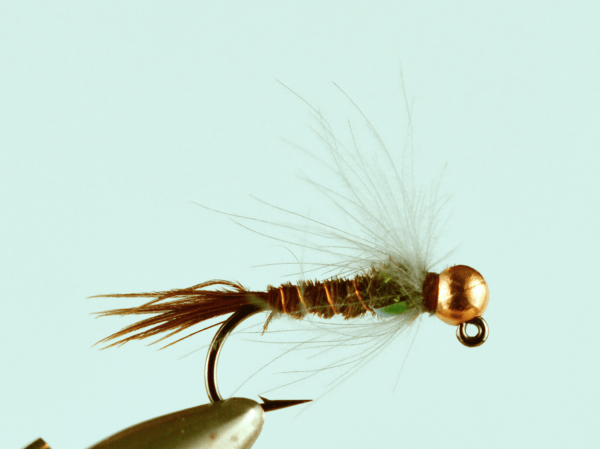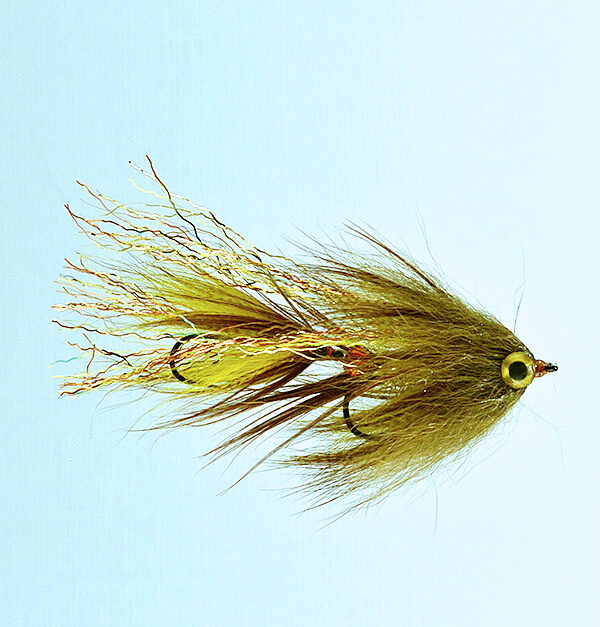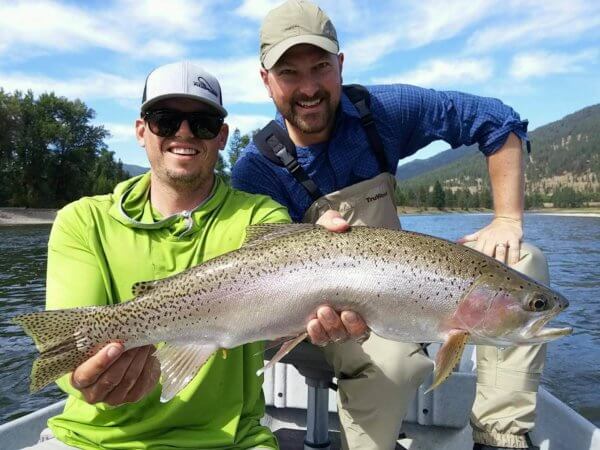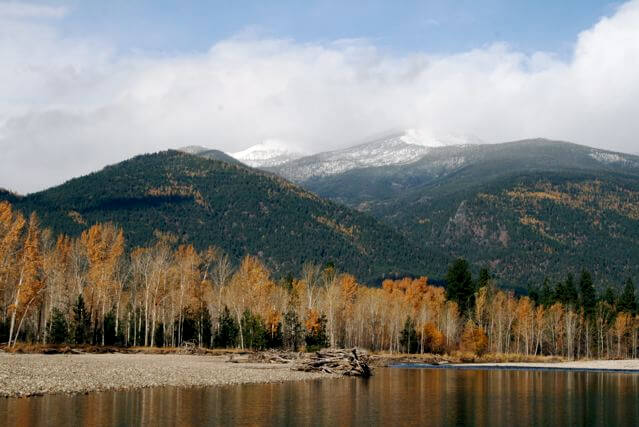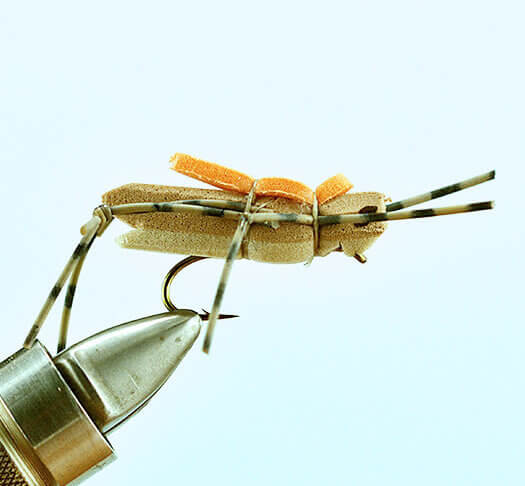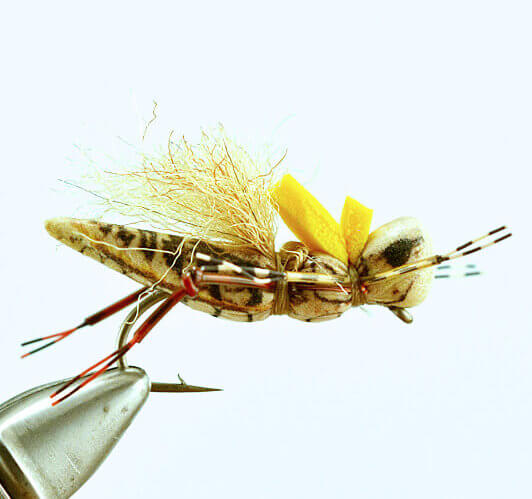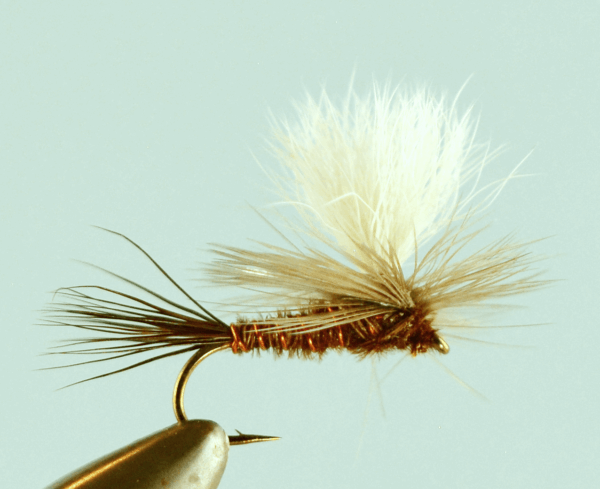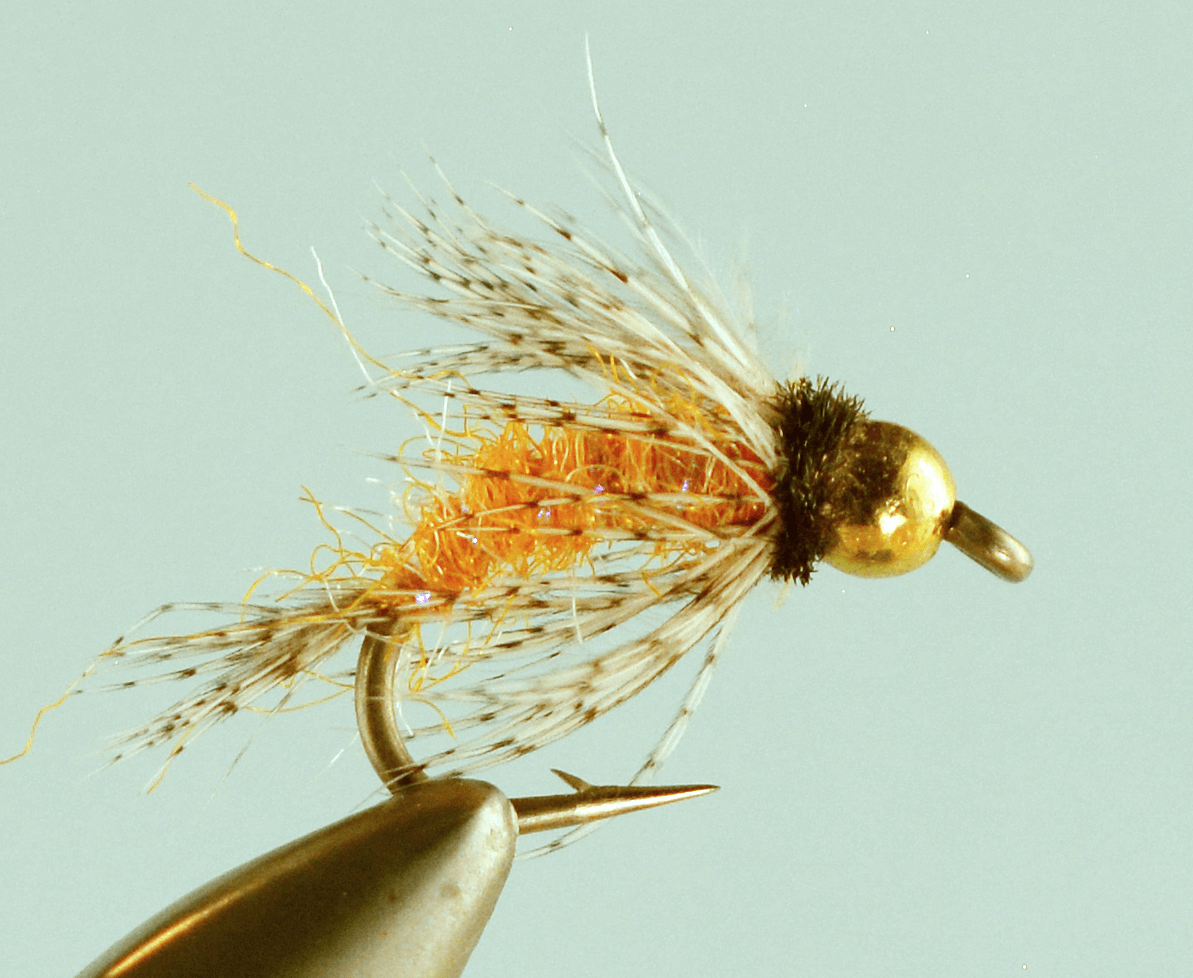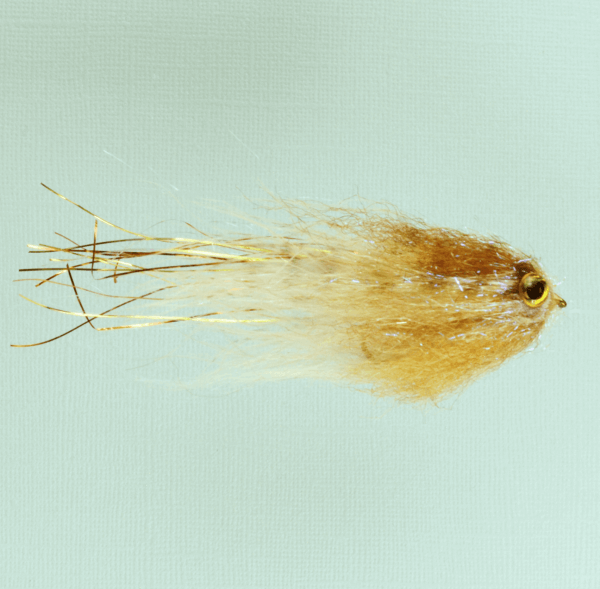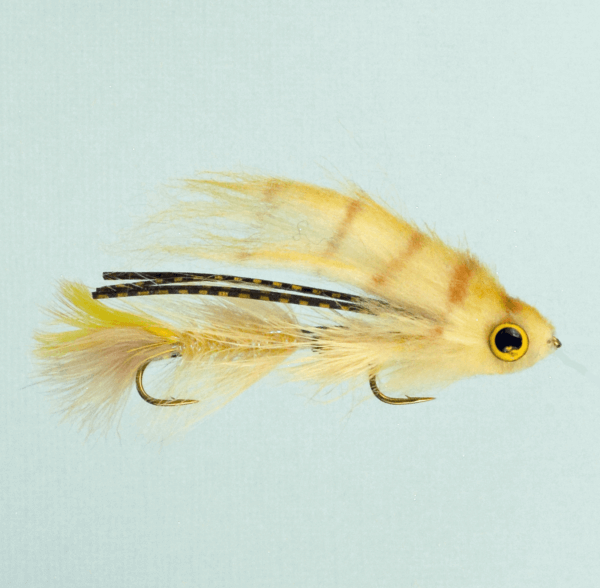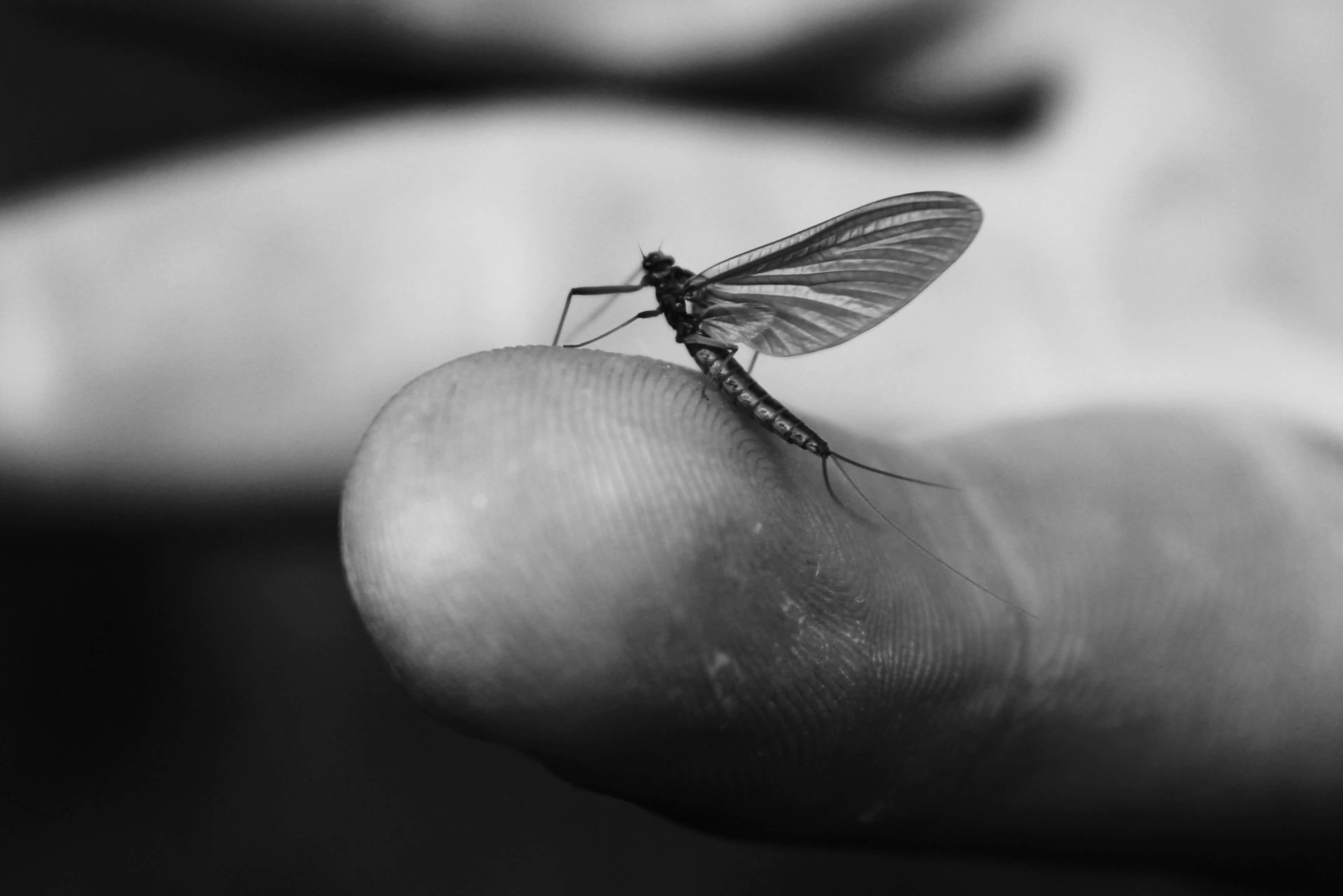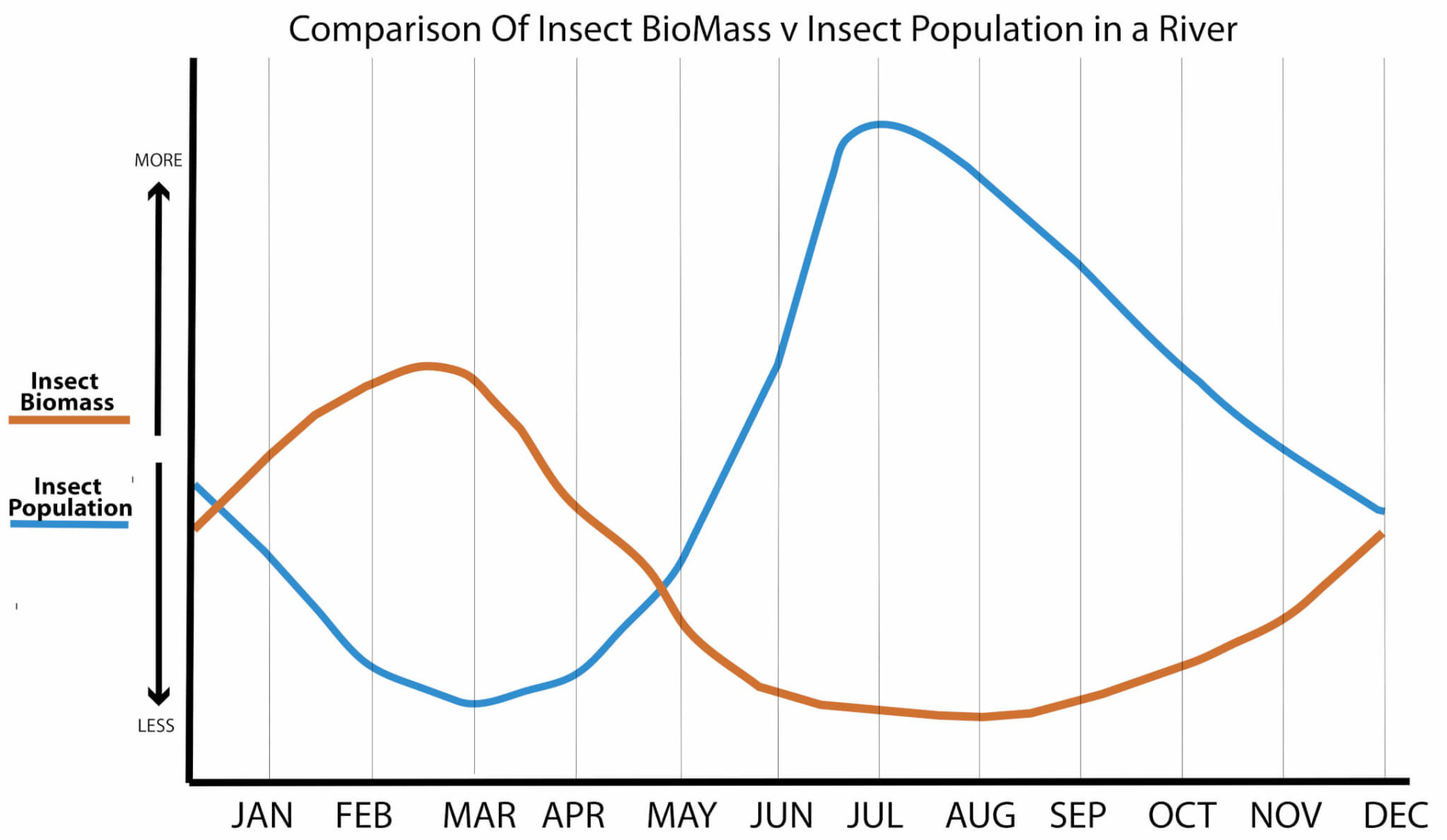Unless you ski or snowboard, things get a lot slower in the winter. Slower traffic, slower getting kids out of the house, slow cooker meals- face it, things just don’t move as fast in the cold.
The same thing applies to winter nymph fishing for trout in the Blackfoot River, Rock Creek, Bitterroot River and Clark Fork River. Trout are cold blooded (Trout Biology), meaning their body temperature and metabolism fluctuates with the water temperature. The colder the water, the slower the trout’s metabolism. Trout in winter don’t need much food.
In the hot summer months, trout are stressed by warmer water. Cold water holds more oxygen than warm water, so along with more food, summer fish are also searching for oxygenated water, often found in and just below riffles. Summer trout can be lethargic due to decreased oxygen. Winter trout don’t have oxygen issues. The cold water holds lots of O2.
Let’s add a third biological piece of the puzzle. Very little photosynthesis goes on in the winter. Not much beyond midges are hatching, and the number of insects in the river is declining, though the biomass is going up. Summer trout are stationed in areas of maximum photosynthesis, because where there’s plant life, there’s insect life. The higher metabolism in summer drives trout to feed more, meaning trout are found where the most bugs are- shallow, fertile water with lots of plant and algae life. In winter, trout don’t need as much food, so they don’t need maximum bug populations.
These cold water factors combine to push trout into much different water than they’re found in warmer weather. The driving forces behind trout behavior remain consistent- food, oxygen, safety from predators- but are implemented in a very different way as the water temperatures fall.
Trout are always looking for places to find food, breath and be safe. As water temps fall, trout begin to move to places that summer fishermen aren’t familiar with. Look for trout in deeper, slower water, away from the faster seams, again counter to summer behavior. A higher metabolism needs a bigger supply of food, provided by the faster seam. With less food requirements, trout are found in slower, quieter water. Less food, but with the addition of less energy used and safety from predators.
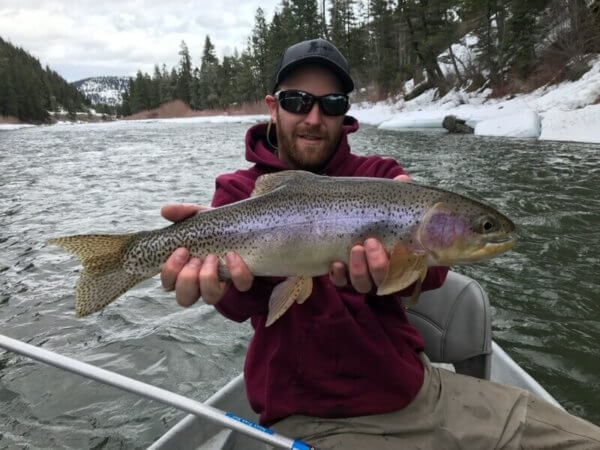
When you go to the river in summer, you see the places that are “prime”, and many places that are marginal. While marginal covers a LOT of water- shallows, stagnant, too deep, too fast- winter anglers are looking for slower, darker and less fishy looking areas. Think about the deeper drop farther below a riffle, or the very inside or outside of a seam, where the water is quite slow. If you fish those places in the summer, you tend to take tiddlers- fish that require much less food to survive, simply because their size doesn’t need as many calories to sustain them. Remember these spots!
We’ve been talking about winter trout as if they don’t eat. That’s not correct, not by a longshot. They’re still eating, and regularly, just not where you think they are. They’ve moved to the marginal water for the winter. All those spots that kicked out 4-6 inch fish now hold larger fish, looking for the less strenuous lifestyle offered by water that’s slow, cold and deeper than usual. The summer margins are now the go-to spots for nymphing.
Timing and conditions differ for winter nymphing as well. We know in the heat of the summer, it’s better to fish the edges of the day. Dawn and dusk offer the fish a more comfortable water temperature, and they get more active. It’s the direct opposite in cold weather. Get out in the “heat” of the day. Mid afternoon is prime time when the temperature drops. Sunlight is also your friend in winter. Just as the sun makes you feel warmer in winter, it does the same for the trout. Sun on the water will quicken their metabolism, getting trout more active in the water. Counterintuitive to the summer fisherman, but important in winter.
When it comes to rigging for winter nymphing, it’s a double nymph rig all the way. However you choose to rig- drop shot, double tungsten jigs, wire worm or lead weight- there is no indicator dry in the winter. You’re going down to where the fish are, and staying there. Try and use as small an indicator as you can, and as unobtrusive as it can be. A small Thing-A-Ma-Bobber or Air-Lock is the way to go. The New Zealand wool or other natural indicators are not as effective on really cold days- they freeze on the cast! Drop your fly a bit deeper than you’re comfortable with. The fish are on the bottom, and not roaming very far for food. You need to get to them- they’re not coming to you.
When it comes to choosing winter nymphs, we wish we could say only these bugs worked. It would help sales in a slow time of year! But pretty much any nymph that worked in the summer will work in the winter, and at pretty much any time. There are no winter hatches in Missoula, other than midges, and the trout are seeing a wide variety of nymphs and pupa go by. Because there aren’t enough insects of one type to grab the trout’s focus, they will eat most anything that goes by. Provided it’s close enough to eat, presented properly and they don’t need to expend too much energy.
Early winter nymphing, found in November and December, will sometimes benefit from a smaller nymph. Due to nymphal life cycles, the early winter nymphs are smaller than the later winter nymphs. As an example, a PMD nymph in November may only be 4mm long- by February it will be 6-7 mm long. Trout are trout- you still have to be close to the size of the food form to entice them into eating.
Not expending too much energy to eat is critical. The trout’s metabolism is down, energy is down, motivation is down. They’re not going to move 4 feet to take a Pat’s RubberLegs, even though it’s a big meal. The fly needs to drift very close to the trout before they’ll eat. Which changes the strategy of the winter nympher.
One of the true joys of winter nymphing is the solitude it provides. River access parking lots that are full in July are now empty. You have your pick of the river most of the time. Cold weather fishing is not the time to go prospecting for trout. The smart winter fisherman goes right to the spot he wants to fish and stays there.
Unless you’re a world class Euronympher, there will be subtle variations in each cast you make. It looks like your flies should be doing the same thing, but underwater they’re not. In summer, these differences aren’t so pronounced, as the trout will range farther to take in food. Now, you have to bang them on the nose to get them to eat. For most anglers, the chance you hit the first cast perfectly is not great. But you know the fish are here. So keep casting!
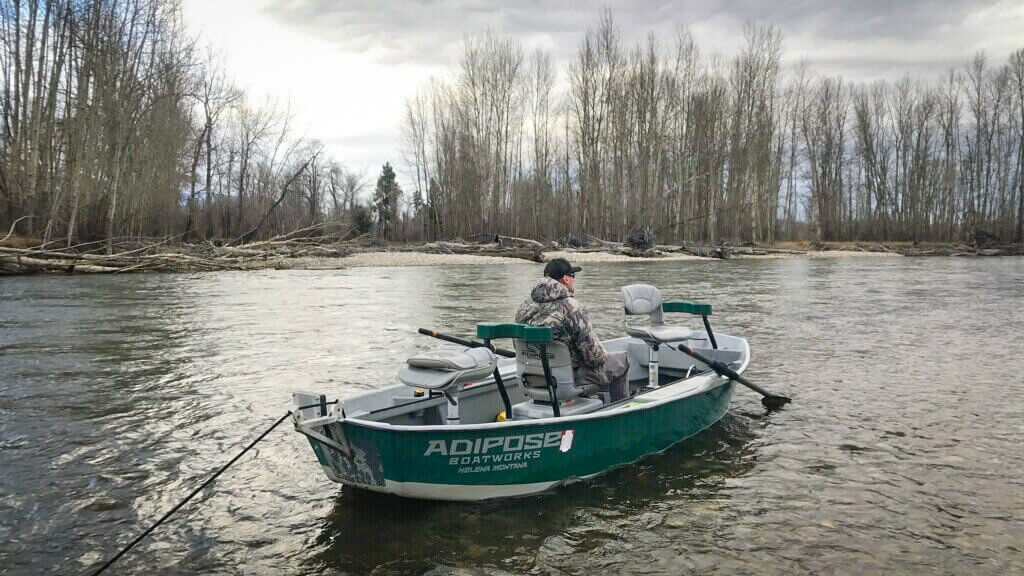
Winter fishermen go to Prime Position A, and stay there a while. They make sure to throw enough casts to cover all the fish there. Understanding that each cast is different, and just because no trout ate the last one, doesn’t mean they won’t eat the next one. Trout aren’t moving to your fly- you need to move your fly to the trout, and that can take some time to dial in. That’s why we recommend a small indicator. It creates less disturbance on the water. The indicator doesn’t have to be a huge beacon of color in the winter- you’re working slower water where any indicator is easily seen.
This doesn’t mean you grow roots and stand in one place. Move your feet, vary the drift. Find out how the trout want the fly delivered to them. And be sensible. If you’ve fished a spot for 30-45 minutes without success, it’s time to move on. Go find another place that looks winter fishy, and cast there. If you’re new to winter nymphing, it’s going to take a bit to find the spots trout have migrated to. When you’re exploring winter nymphing, move a bit more till you find the fish.
Winter nymphing also has its own set of safety issues that need to be addressed. Cold and water don’t mix. Of course you need to dress warmly, layers, etc. We’re Montanans, we know that! But basic safety precautions need to be taken. Never walk on ice that’s formed over a river. Have waterproof matches or a dry bag with a lighter and some firestarting stuff. Put dry clothes in the car. If you take a header in August, you’re a point of entertainment to your friends. If you fall in the river in December, you have a lot more issues to contend with. Safe wading practices are key. Being ready to get yourself warm if you do fall in is critical. Rubber soled boots are the only way to go in the winter. Felt soles, once wet, will pick up snow with every step, putting you in high heels after 50 yards. Bootfoot waders are much less cold than stockingfoot waders. If you have them, use them.
Winter nymphing offers the angler some serious peace and quiet on the water. It can also be very effective, and a great way to spend a day outdoors when the opportunity arises. The best days to head out are when the temps will be above 35. Dress warmly, take precautions, and take a net. You’re going to need it all for winter nymphing!

